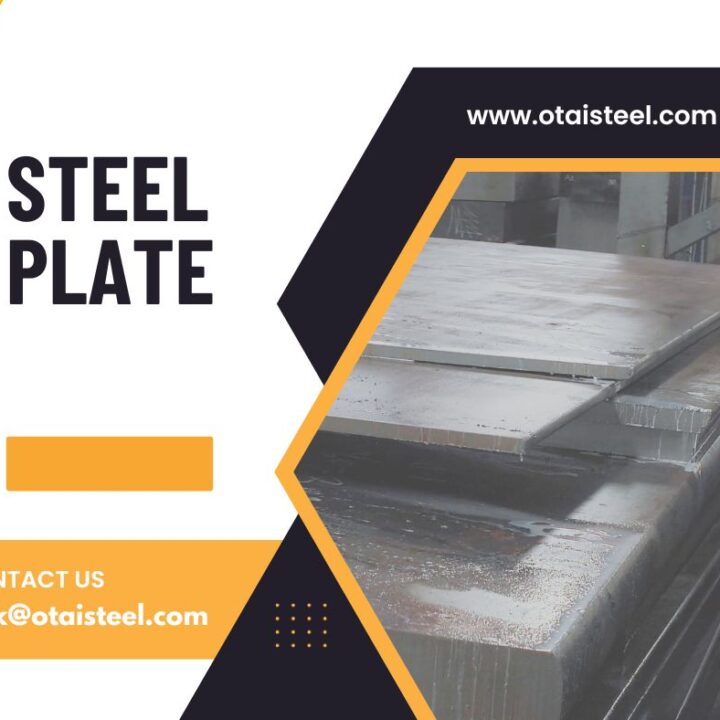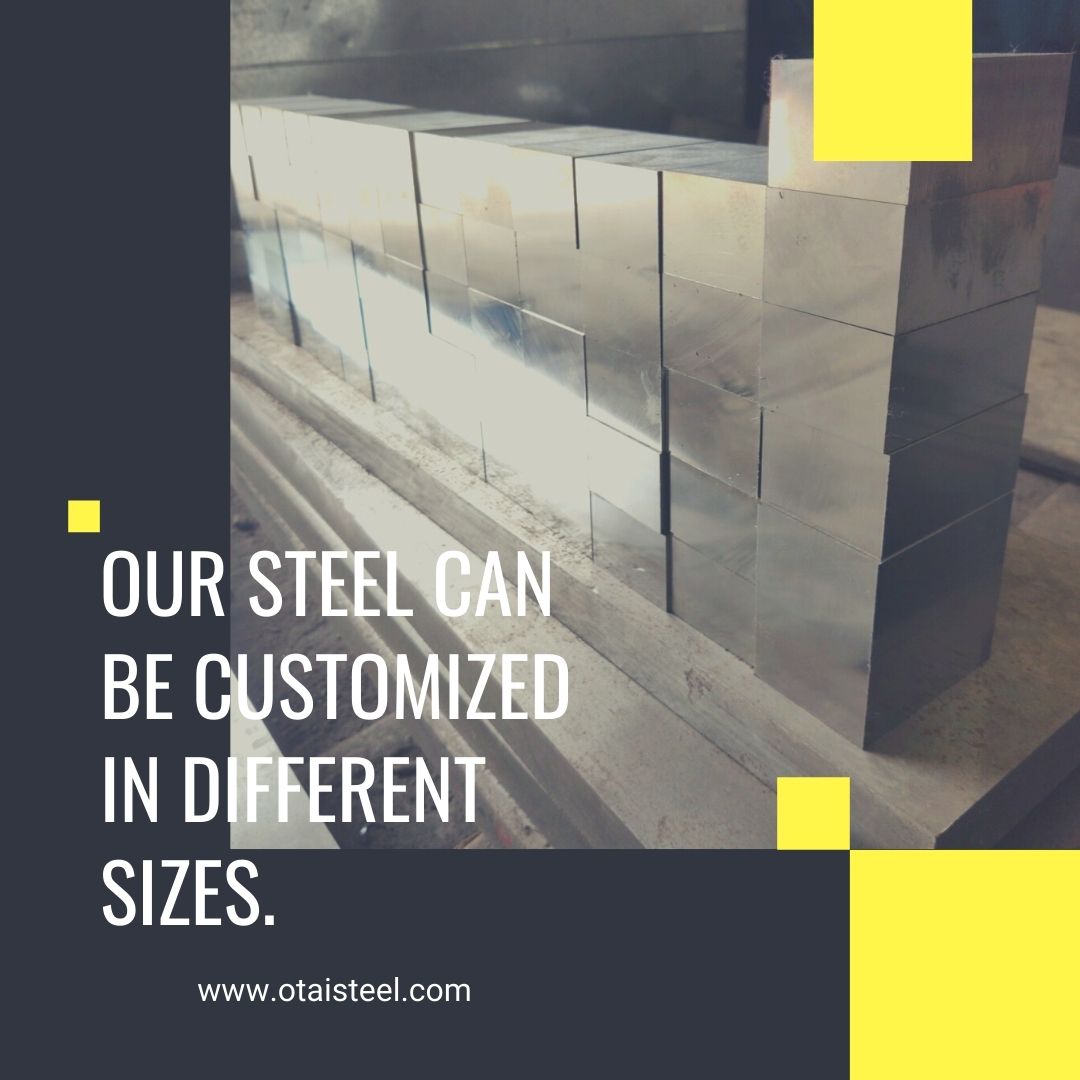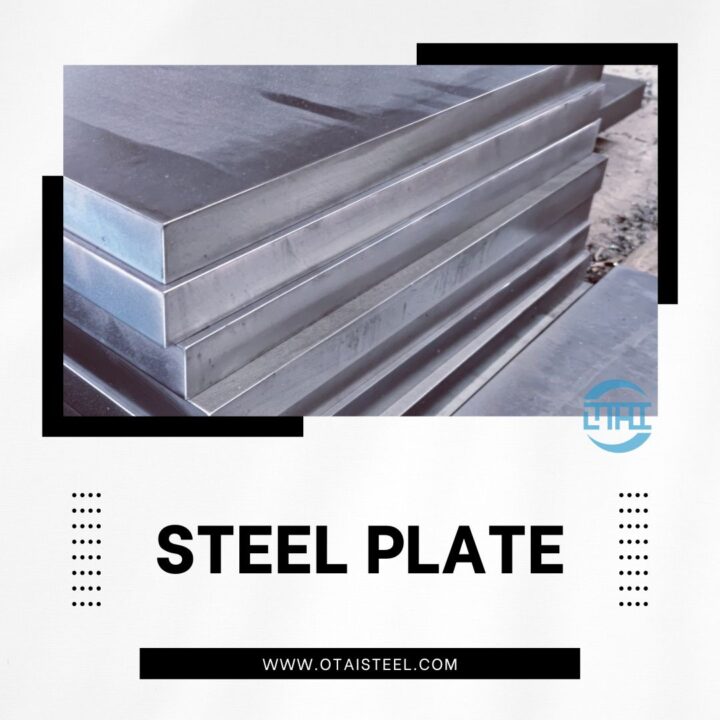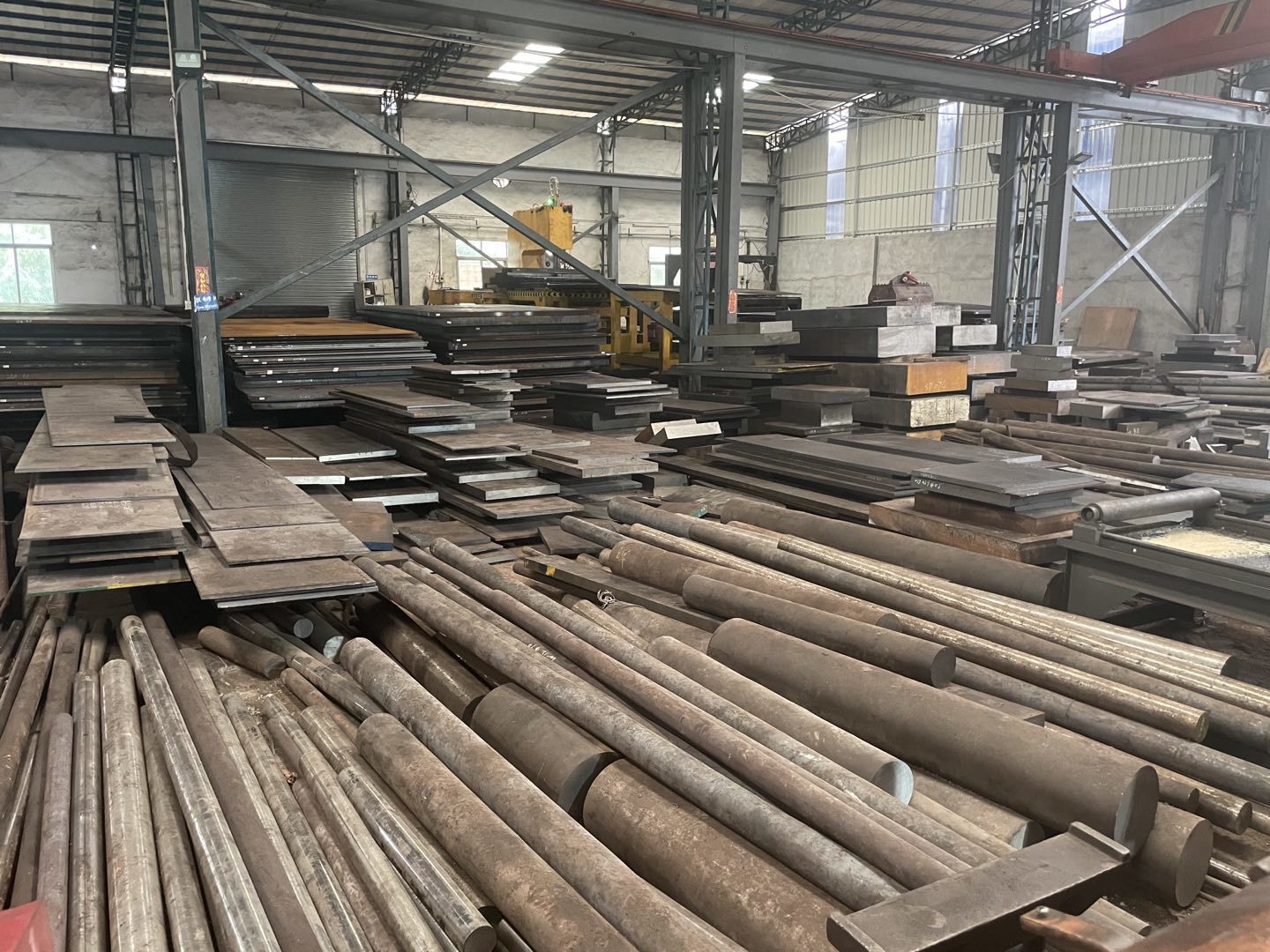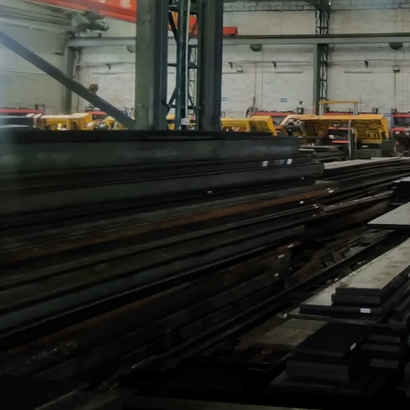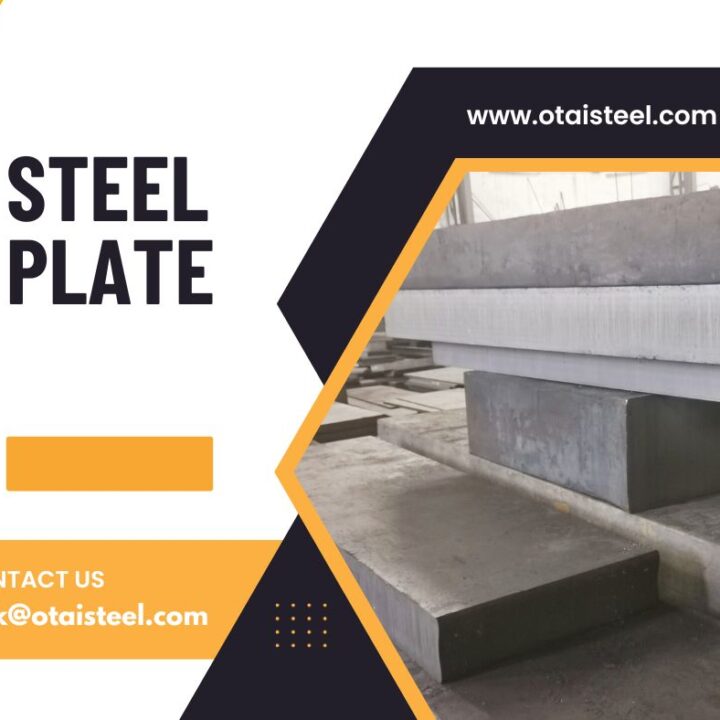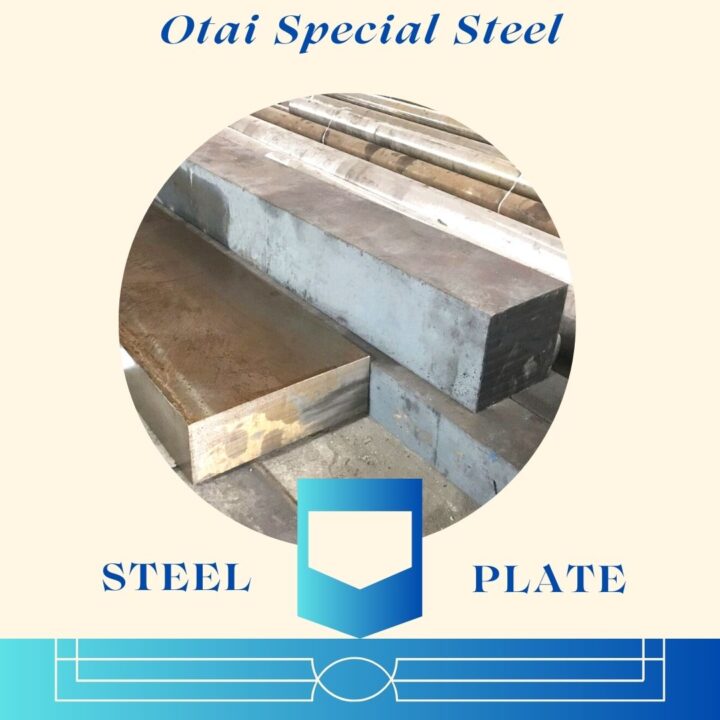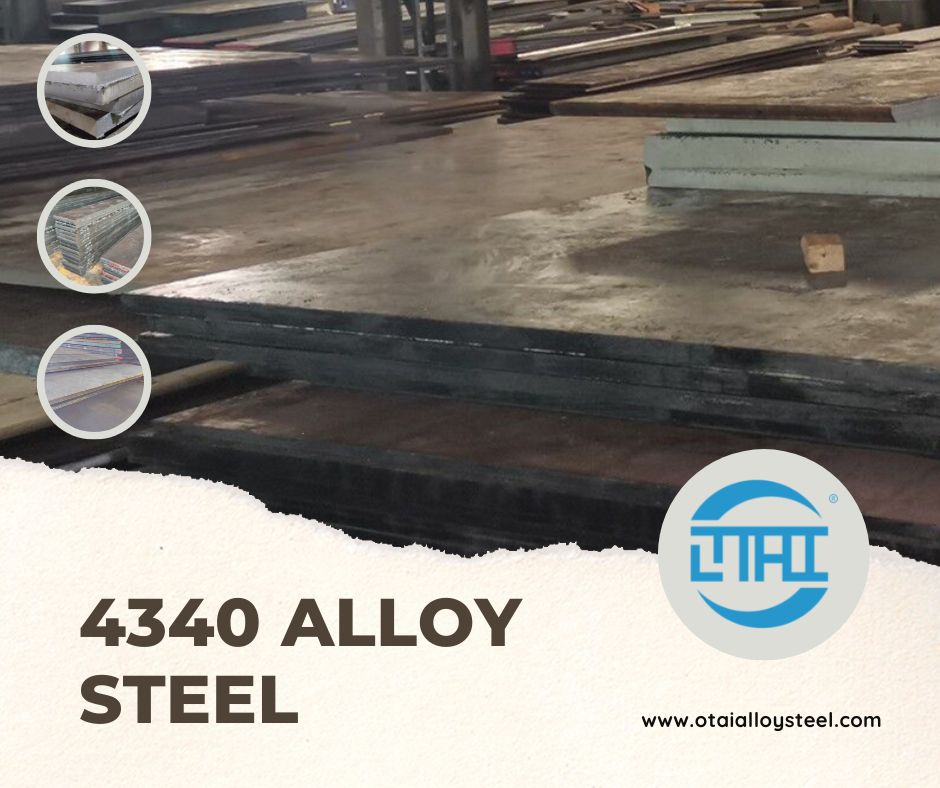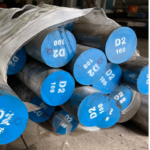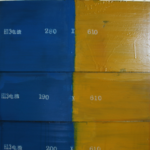Metal(Steel) machining
Metal manufacturing involves many processes, one of which is processing, which is a necessary requirement of modern large-scale manufacturing. The machine cuts, drills, grinds or otherwise shapes the metal by removing some of the metal using a cutting or grinding surface. Generally, the machine tool has two parts: one part holds and guides the metal to be formed, and the other part completes the forming work. Machining, especially in the computer age, can carry out accurate and fine metal processing.
Casting, forging and machining
There are several main forms of creating metal shapes.
Casting is the process of filling a mold with molten alloy and cooling it. Forging metal can change the properties of materials by applying compressive force to change the metal lattice. Bending, twisting, impact and folding operations are common in forging. To machine, carve, grind, cut, drill, or otherwise mold metal. The way a mechanic handles metal is similar to the way a carpenter handles wood; Although the shape and finish have been processed, most of the materials have not changed.
In modern times, machining is usually the finishing step of forging or casting products, in order to make the forging or casting objects reach the precision tolerance range. Milled plates, blanks and bars can also be machined from their original geometry.
Casting and forging usually occur before machining. The processed object may be further processed before the metal object is finished. Workpieces can be connected by fasteners or welds, heat treated, or other surface treatment.
What is CNC machining? Machining tool steel
CNC stands for computer numerical control. In CNC machine, the computer precisely controls the movement of the machine. The design generated in CAD software is converted to motion on X, y and Z axes. In this way, a computerized machining shop can carve metal in three dimensions with precise tolerances.
Commonly used machine tools are as below:
Lathe – turning the metal work against the cutting tool,
Drilling machine – pushing the drill through the metal surface
Grinder – turning the abrasive or grinder against the metal work,
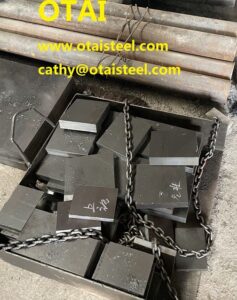
Belt machine – cutting the metal work with a continuous saw blade,
Milling machine – shaping the metal work on the surface with a rotary cutting tool,
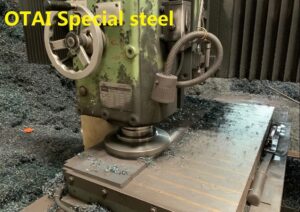
Broaching machine – filing objects, only remove a small amount of material
Laser cutting and etching – beams used to cut, drill or etch objects
Ultrasonic machining – Ultrasonic and abrasive slurries to remove metal
Electron beam machining – a beam of electrons generates high heat and vaporizes metal
Chemical and electrochemical methods – use chemicals to remove and shape metal
Lathe is the ancestor of many machine tools. The lathe rotates the object against the edge of the cutting tool. Therefore, the lathe can be used for boring, drilling, thread cutting, milling and grinding: as long as it can turn metal products, the lathe can replace other tools.
